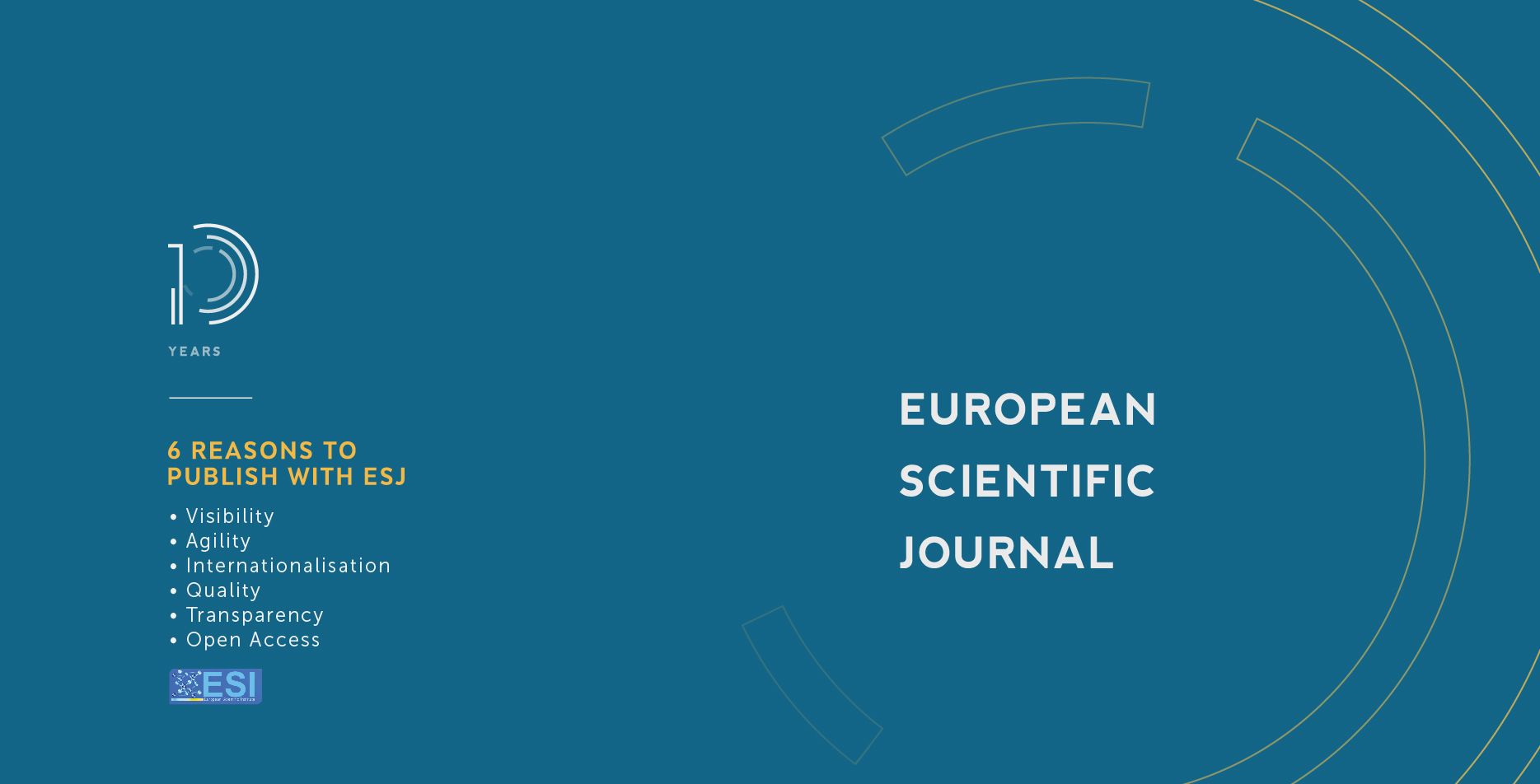Différenciation Identitaire, Usage et Fonction des Édifices Religieux dans la Gouvernance Urbaine à Meiganga (Nord-Cameroun)
Abstract
Meiganga est une ville du Nord-Cameroun d’environ 38 000 habitants. Elle est caractérisée par une répartition spatiale de l’habitat en deux zones marquées d’une part par des édifices musulmans, et d’autre part, par des édifices chrétiens. Cette évolution de la ville en deux zones distinctes est le résultat de l’absence d’un service public de promotion immobilière. Cela expose la ville à des tensions sociales éventuellement liées à l’accroissement de la valeur économique du sol urbain. Malgré la bipartition religieuse ainsi défini, la ville présente une cohésion sociale apparente. Cela est dû au fait de l’appartenance de la population autochtone à la même et unique communauté traditionnelle Gbaya, dont une partie des ressortissants s’est islamisée et contrôle la chefferie. Toutefois, apparait-il nécessaire que les pouvoirs publics planifient le développement de cette ville en vue de minimiser les tensions qui pourraient naître suite aux velléités expansionnistes de plus en plus prononcées de certaines organisations religieuses. Cette étude est basée sur les données des documents écrits et de diverses enquêtes de terrain. Elle examine tour à tour la politique publique de promotion immobilière au Cameroun, le processus de bipartition de l’espace urbain de Meiganga et l’impact de la disposition des lieux de culte sur la fonctionnalité socio-économique urbaine.
Meiganga is a city in northern Cameroon with a population of around 38,000. Meiganga is characterized by a spatial distribution of housing in two areas marked on the one hand by Muslim buildings, and on the other hand by Christian buildings. The evolution of the city into two distinct zones is due to the absence of a public real estate development service. This exposes the town to social tensions which is eventually linked to the increase in the economic value of urban land. In spite of the religious bipartition thus defined, the city presents an apparent social cohesion. This is due to the fact that the indigenous population belongs to the same one and only traditional Gbaya community, some of whose nationals have Islamized and control the chieftaincy. There appears to be a need for the authorities to plan the development of this city in order to minimize the tensions that could arise from the increasingly expansionist tendencies of certain religious organizations. This study is based on data from written documents and various field surveys. It examines in turn the public policy of real estate development in Cameroon, the process of bipartition of the urban space of Meiganga, and the impact of the layout of places of worship on the urban socio-economic functionality.
Downloads
Metrics
PlumX Statistics
Copyright (c) 2020 Hamdja Ngoniri Alexis, Lissouck Catherine Laure, Esse Ndjeng

This work is licensed under a Creative Commons Attribution-NonCommercial-NoDerivatives 4.0 International License.








